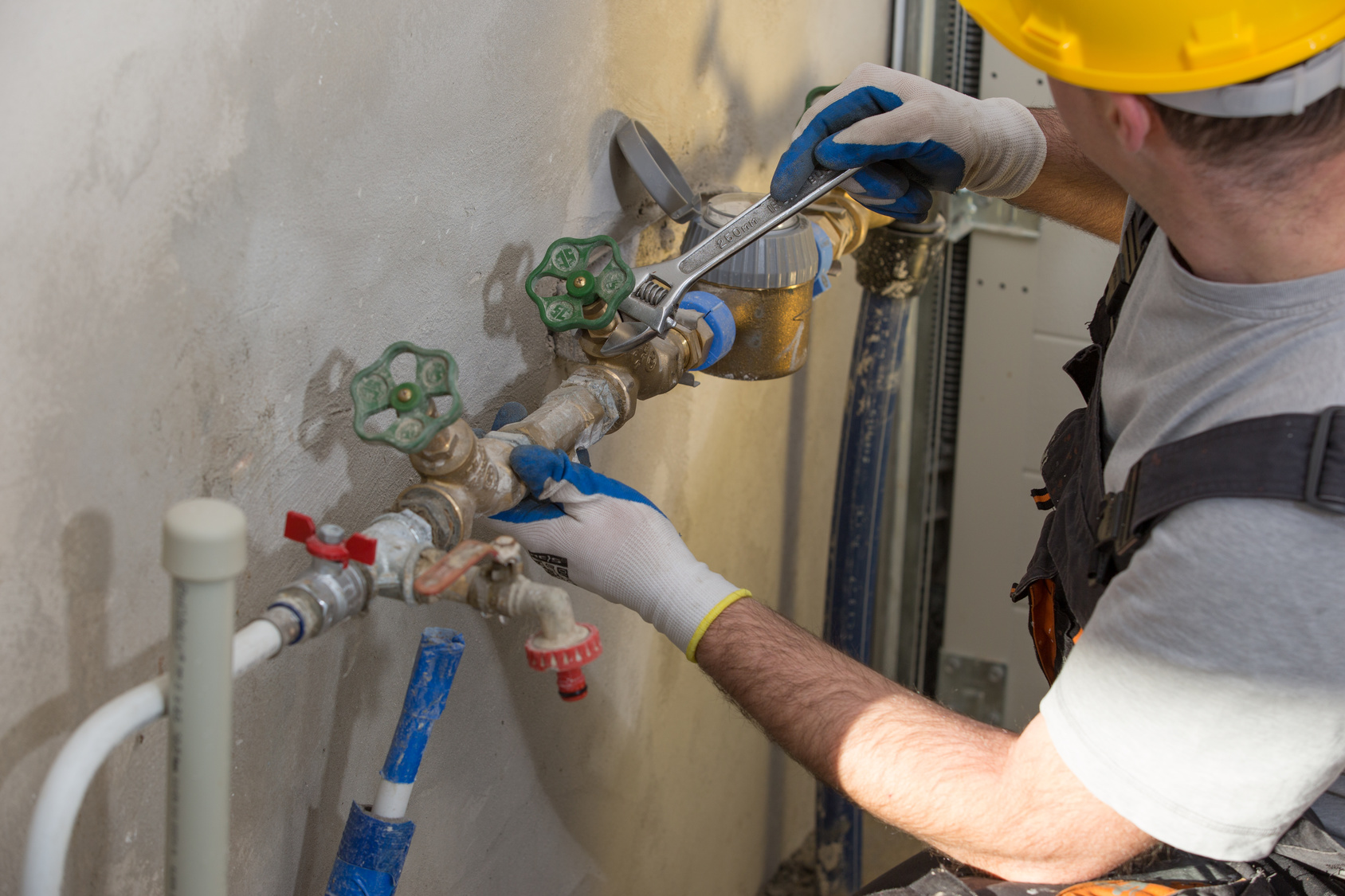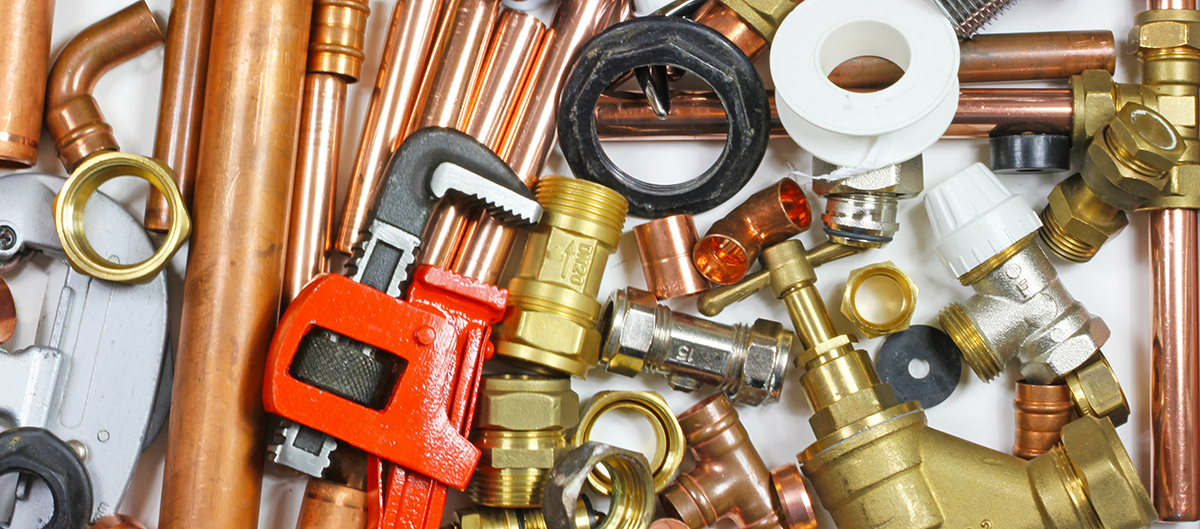Plumbing and electrical supplies are essential for any home or business. They ensure that your water and electricity flow smoothly and safely. In this article, we will discuss the most commonly used plumbing and electrical supplies, as well as some of the latest trends and innovations in these fields.
Plumbing supplies include pipes, fittings, valves, and fixtures. Pipes are used to transport water and gas throughout your home or business. Fittings are used to connect pipes together. Valves are used to control the flow of water and gas. Fixtures are used to dispense water and gas.
Popular Plumbing Supplies

Plumbing supplies are essential for constructing and maintaining water systems in both residential and commercial buildings. They play a crucial role in ensuring the safe and efficient distribution of water, gas, and waste. In this section, we will delve into the most commonly used plumbing supplies, their functions, and the latest trends in the industry.
The choice of plumbing supplies depends on various factors, including the specific application, building code requirements, and the availability of materials. Here is a table comparing different types of pipes, fittings, and valves:
| Type | Material | Applications |
|---|---|---|
| Pipes | Copper, PVC, CPVC, PEX | Water supply, drainage, gas distribution |
| Fittings | Elbows, tees, couplings | Connecting and branching pipes |
| Valves | Ball valves, gate valves, check valves | Controlling the flow of water or gas |
Latest Trends in Plumbing Supplies
The plumbing industry is constantly evolving, with new technologies and materials emerging to improve efficiency, durability, and sustainability. Some of the latest trends include:
- Smart plumbing systems:These systems use sensors and controllers to monitor and control water usage, detect leaks, and optimize energy consumption.
- Water-saving fixtures:Low-flow toilets, faucets, and showerheads help reduce water consumption without sacrificing performance.
- Lead-free materials:Lead is a toxic metal that can leach into drinking water. Lead-free materials are now widely used in plumbing supplies to ensure the safety of water sources.
- PEX piping:PEX (cross-linked polyethylene) is a flexible, durable, and corrosion-resistant piping material that is gaining popularity due to its ease of installation and long lifespan.
Essential Electrical Supplies
Electrical installations require a range of essential supplies to ensure safety, efficiency, and functionality. These supplies include wires, cables, switches, outlets, and other components that facilitate the distribution and control of electricity.
Understanding the types and functions of these supplies is crucial for proper electrical installations. Additionally, adhering to safety regulations and standards is paramount to prevent electrical hazards and ensure the longevity of the electrical system.
Wires and Cables
Wires and cables are essential for conducting electricity in electrical systems. They come in various sizes and types, each designed for specific applications. Common types of wires used in electrical installations include:
- Solid wire:Single-strand wire with a solid copper conductor.
- Stranded wire:Multiple strands of copper twisted together, providing greater flexibility.
- Romex cable:A non-metallic cable containing multiple insulated wires.
- Coaxial cable:A cable with a central conductor surrounded by insulation and a conductive shield.
Switches and Outlets
Switches and outlets are crucial for controlling and distributing electricity in a building. Switches allow users to turn electrical devices on and off, while outlets provide a point of connection for devices to access the electrical system.
- Toggle switch:A simple on/off switch operated by a lever.
- Rocker switch:A more modern switch with a rocking motion.
- Dimmer switch:Allows for adjustable light intensity.
- Outlet:A receptacle that provides a connection point for electrical devices.
Safety Regulations and Standards
Electrical installations must comply with established safety regulations and standards to ensure the safety of occupants and the integrity of the electrical system. These regulations cover aspects such as:
- Wiring methods:Proper installation and protection of wires and cables.
- Grounding:Establishing a path for excess electricity to flow safely into the ground.
- Circuit protection:Using fuses or circuit breakers to prevent electrical overloads.
- Equipment testing:Regular inspection and testing of electrical equipment to ensure safety.
Specialized Plumbing and Electrical Tools: Plumbing And Electrical Supplies
Specialized tools are essential for plumbers and electricians to perform their tasks efficiently and safely. These tools are designed to handle specific tasks that require precision, accuracy, and safety.
Plumbing Tools
Plumbers use a wide range of specialized tools, including:
- Pipe Wrenches:Used to grip and turn pipes and fittings.
- Plungers:Used to clear clogs in drains and toilets.
- Augers:Used to clear clogs in pipes.
- Soldering Irons:Used to join copper pipes.
- Pressure Gauges:Used to measure water pressure.
These tools help plumbers diagnose and repair plumbing issues quickly and effectively, ensuring the proper functioning of water systems.
Electrical Tools
Electricians also use a variety of specialized tools, including:
- Multimeters:Used to measure electrical current, voltage, and resistance.
- Circuit Testers:Used to check for live circuits.
- Insulated Screwdrivers:Used to work on live electrical circuits.
- Wire Strippers:Used to remove insulation from electrical wires.
- Crimping Tools:Used to connect wires to terminals.
These tools help electricians troubleshoot electrical problems, install and repair electrical systems, and ensure the safe operation of electrical equipment.
Troubleshooting Common Plumbing and Electrical Issues

Plumbing and electrical issues can be frustrating and disruptive. However, with the right troubleshooting techniques, you can often resolve them quickly and easily. Here are some common issues and step-by-step troubleshooting tips to help you get started.
Plumbing Issues
- Leaks:Check faucets, pipes, and fixtures for any visible leaks. Tighten any loose connections or replace worn-out washers or gaskets. If the leak persists, you may need to call a plumber.
- Clogs:Use a plunger or drain snake to clear clogs in sinks, toilets, and showers. For stubborn clogs, try using a chemical drain cleaner. If the clog is still not cleared, you may need to call a plumber.
- Water Heater Problems:Check if the water heater is turned on and that the pilot light is lit. If the water is not heating properly, you may need to adjust the thermostat or replace the heating element. If you are not comfortable working on the water heater yourself, call a plumber.
Electrical Issues, Plumbing and electrical supplies
- Tripped Breakers:Locate the electrical panel and identify the tripped breaker. Reset the breaker by flipping it back to the “on” position. If the breaker trips again, you may have an electrical overload or a faulty appliance. Unplug any unnecessary appliances and try resetting the breaker again.
If the breaker still trips, call an electrician.
- Flickering Lights:Check if the light bulb is loose or needs to be replaced. If the light is still flickering, you may have a loose wire connection or a faulty switch. Turn off the power to the light and check the connections.
If you are not comfortable working on electrical wiring, call an electrician.
- Faulty Wiring:If you notice any frayed wires, exposed wires, or sparking, turn off the power to the circuit immediately and call an electrician. Faulty wiring can be dangerous and should only be repaired by a qualified professional.
Final Conclusion
Electrical supplies include wires, cables, switches, and outlets. Wires are used to conduct electricity throughout your home or business. Cables are used to protect wires from damage. Switches are used to turn electricity on and off. Outlets are used to provide a place to plug in electrical devices.
It is important to use high-quality plumbing and electrical supplies in your home or business. This will help to ensure that your water and electricity flow smoothly and safely. It will also help to prevent costly repairs in the future.
